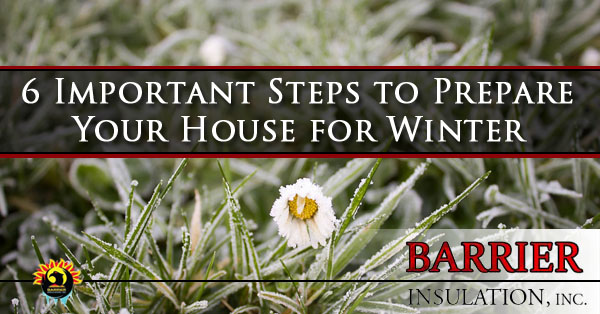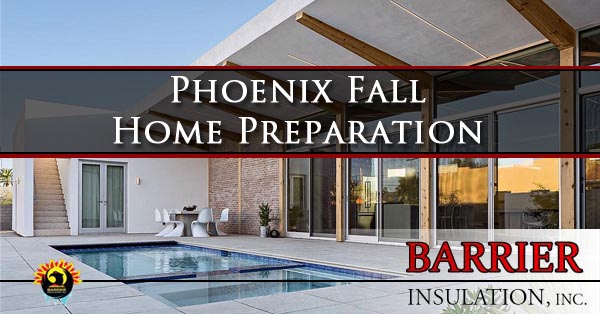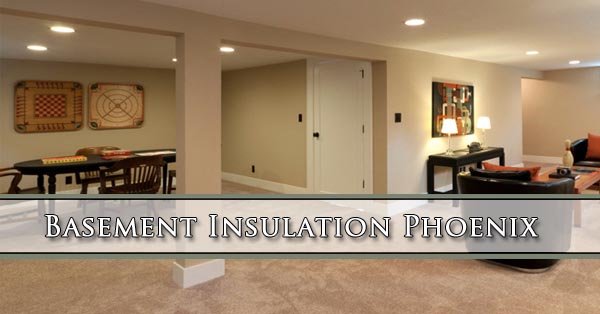
Spray foam insulation, or polyurethane foam is an amazing insulator when it is applied correctly. However in the wrong or inexperienced hands it can be a sticky situation.
Homeowners tend to be more afraid to use this insulation type than they should be. There is a lot of skewed reviews and flawed science that leads to the horror stories that fill up the internet. While there are some real reasons that spray foam insulation causes people problems, it is due to improper application. Spray foam insulation’s real story is one of an incredible insulation option with very rare failures.
Spray foam insulation is also taken too lightly by some insulation companies in the country. Since the mid nineties when spray foam started seeing more installations it has been a nearly miraculous solution for insulation. The easy of application and amazing ability to stop conductive heat has lead to its near magical reputation among insulation contractors.
Doing It Right
With over 20 years of applications the mysterious nature and wonder of an easy to spray on and effective insulator has worn off. This has lead to a diminished level of quality application. The factors that affect the quality of the spray foam insulation contribute to the quality of and durability of the foam.
The mixture is a sometimes finicky, highly sophisticated chemical composite that is typically prepared at a site with various conditions. The preparation of the mixture along with the care that is given to its application directly contribute to the final quality of the insulation layer. If corners are cut or workers are not focused, you can end up with a serious mess. When it is done right you have an amazingly effective barrier of insulation that helps cut your energy costs.
Spray Foam Steps
Getting the application of spray foam insulation right, takes focus and professionalism. These are the key areas that are focused on to ensure proper installation and years of energy savings.
Hire The Right Installer
Everything that happens in the installation of your spray of depends upon who you hire. On top of selecting licensed, bonded, insured installers homeowners should consider the installers and company’s reputation for quality, safety, and service ethic. Getting the right people to do the job helps make sure the job is done right.
Choose The Right Foam
There are different manufacturers of foam, and there are different variants. There is such a thing as closed cell, and open cell spray foams. They both have advantages and disadvantages. Close cell tends to be the best insulator; however it does cost more than open cell. Open cell spray foam however is water permeable and can be good in installations that require a level of breathability.
Prep The Site
Crews need easy access to the work areas and have as clear a work area as possible. This helps get the job done right and makes sure that everyone is safe. Removing old insulation is a common part of this process. This is especially true if the surface that spray foam is being applied to has batt insulation stapled in place. Other types of insulation on the floor of the attic might be able to stay and increase the overall thermal performance of the home’s insulation. Any insulation that is old or damaged should be removed to help keep the air quality in the home healthy. After installation and during the curing period which lasts about a day ventilation is a common element of spray foam application.
Right Ratio Foam
Spray foam is nearly always made up of two parts of liquid components. The two are heated together on site and cause a chemical reaction that forms the foam. The attention to detail taken at this step is the deciding factor for air quality. Imbalanced mixtures lead to air quality problems, and are the very reason that only trained, and professional technicians should be performing spray foam mixing and application.
Apply Foam At Correct Temperatures
Spray foam bonds best to surfaces in a range of temperatures. This varies by product but spray foam should not be applied if the surface or air temperatures are excessively cold. The quality of the adhesion relies on this element to be paid attention to.
Quality Control Inspections
Even the best technicians may not get 100% coverage and that air tight seal that spray foam insulation is famous for, and that is why quality inspections are done. The spray foam can be tricky to apply evenly and the inspection phase of an installation is a step to catch and fix all gaps or voids in the layer of insulation. Meeting this common problem head on helps make the best spray foam insulation applications in the industry and helps homeowners get the biggest bang from their insulation buck.
Phoenix Valley Spray Foam Insulation
If you live in the Phoenix area and would like to hear more about spray foam insulation installation, or schedule your home for a new coating of insulation that will help save on energy give us a call at 602-499-2922 or 923-931-0637.













